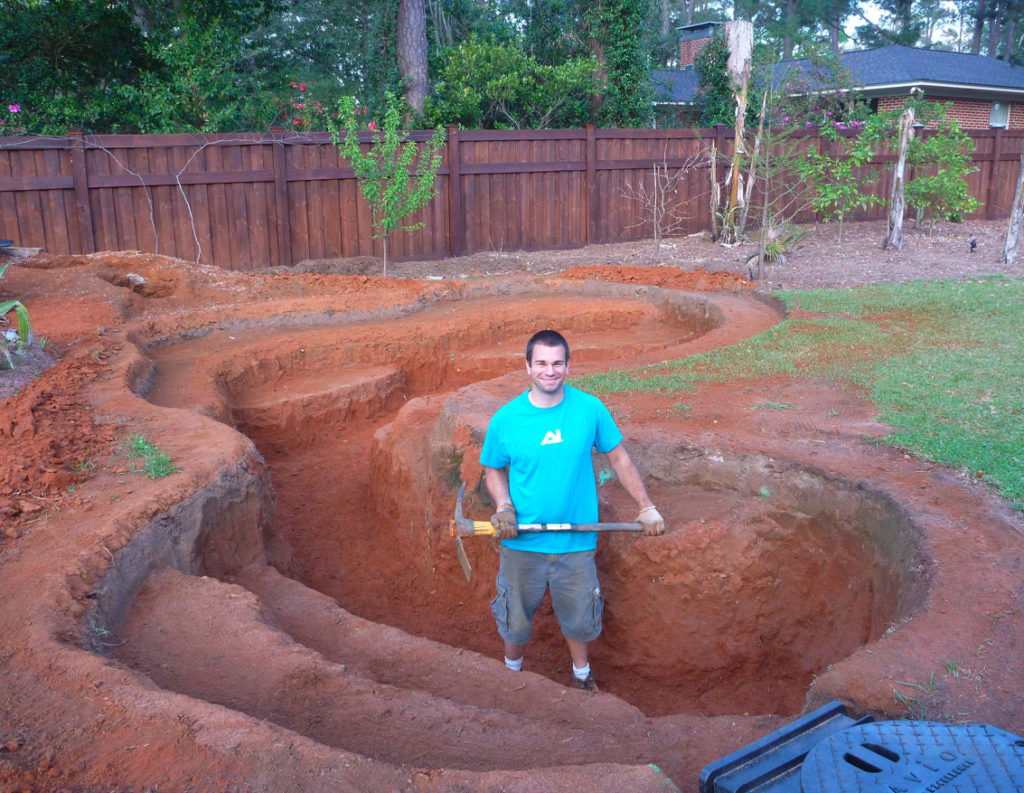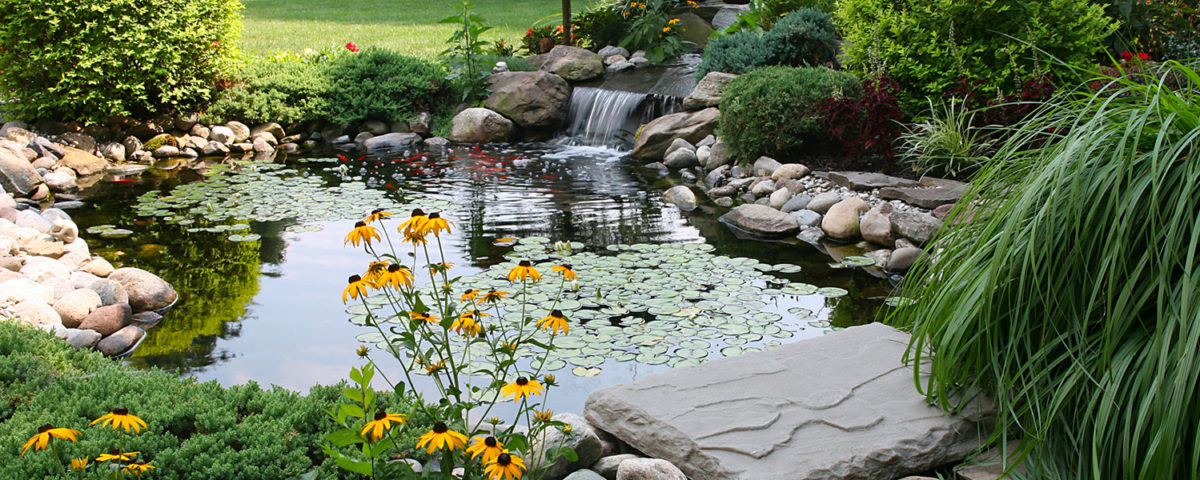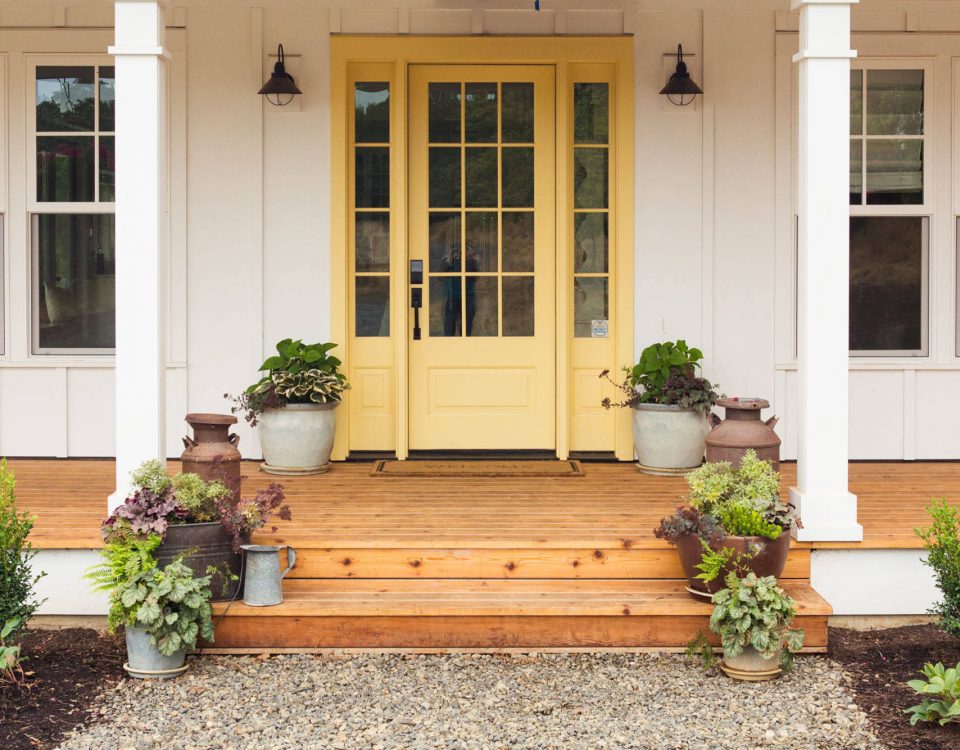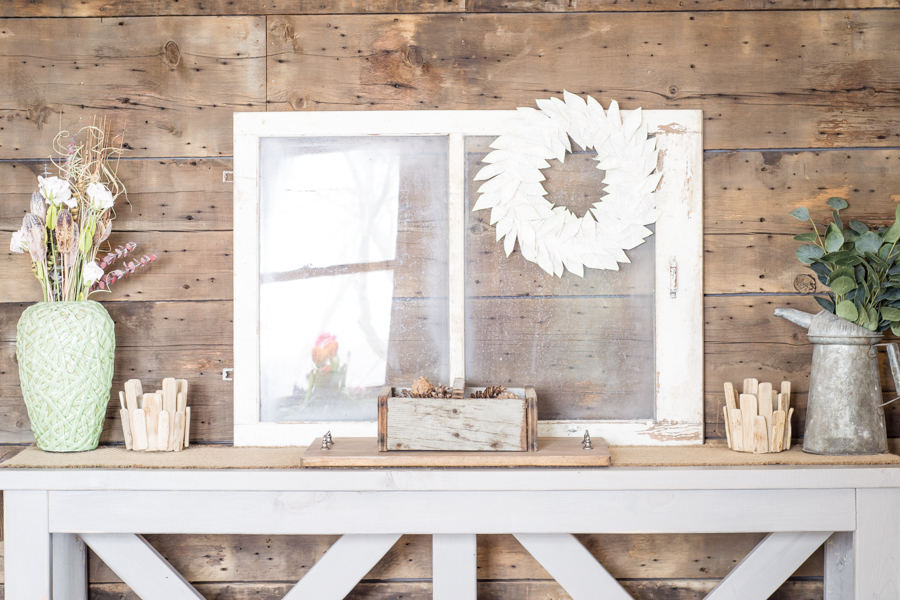Putting in a Pond

Ottawa Adventures
July 30, 2021
Arnprior
August 20, 2021Putting in a Pond
Imagine sitting on your back deck, the weather is warm and the birds are singing. And the fish are swimming… In your backyard pond! Have you always dreamt of having the perfect backyard oasis with a serene water feature? Now is your chance! We have compiled a list of step-by-step instructions on putting in a pond. We provide the instructions, but you get to be as creative or unique are you want with it! From the lush plants that will live both outside and inside the pond, to the decorative rocks or fountains, you get to create the perfect pond for you. Without further ado, please check out our tips for putting in a pond!
Looking to make your own fire pit too? You’ll love our blog post on how to build your own fire pit!

Find the Perfect Spot
Finding the spot for your water garden is something that you should spend some time on before breaking ground. You will want to make sure that this pond isn’t going to get in the way of anything else and that there will be enough space to walk all the way around it. An ideal spot for your pond would be somewhere that receives sunlight in the morning and shade in the afternoon. This way it will keep the water cooler, which will hopefully discourage algae blooms. Be mindful of the trees around your pond as well. Pollen, leaves and needles may fall into the water and create an unsightly mess. In extreme cases, the debris may also clog up your pump. You will want to check with your local by-law to find out if you will require a fence around your yard with a pond as well.

Dig the Hole
You can hire a professional to dig this hole with an excavator if you are planning on a very large pond. Or, you can simply dig it yourself. Ponds can be any depth, but they should be at least 2-3ft deep to keep fish alive during the harsh cold winters in Ontario. You will want to take note of any existing structures and utilities such as wires (above and underground). You may also want to use a level to determine the high and low points in your yard where the pond will most likely be positioned. Also, remember to consider access points for the property if you are hiring a professional or renting a backhoe. Are there fences, gates, bushes, walkways or steps that might block equipment access? All good things to consider when putting in a pond.

Install a Pond Liner
When choosing your pond liner, you will want to look at the material the liner is made out of. Liners come in many different thicknesses. Thinner liners are great for sandy or dirt bottoms, while thicker liners will help with rocky or rough surfaces. It is a good idea to try and remove all sharp objects like roots, sticks or stones before putting down your liner. Next, you will lay the liner over the hole so it evenly covers it. You may also want to secure the liner on the corners around the edge of the pond to keep the liner from sliding around or falling into the hole. Push the liner into the hole so that it fully conforms to the bottom contour. Now you will want to check the material around the edge of the hole to make sure you have at least an extra foot of material around the top edge. When you are finished, the liner should be lying flat and conformed to the bottom and sides. Don’t trim any excess liner around the edges until you are sure that you won’t be needing it.

Add a Base & Water
Once you have your liner in place, it is time to decide which kind of base to lay. Gravel, rocks, or sand are all great options. You will want to think about how often you are going to “vacuum” your water garden out and clean it. Small pieces of gravel will make it more difficult for vacuuming so you may want to opt for something more like sand or substrate. Creating a sound foundation will ensure that your pond is able to thrive on its own but you will have to clean it from time to time. For instance, you should drain out the water and refill the pond every few months to ensure it is nice and clean. Once you have your base lined, it is now time to fill the pond with your garden hose!

Put in Pump and Accessories
Next, you will need a pump. Pond pumps come in a few different sizes and you will need to determine which size is best for your pump. Pumps are sized by gallons per hour (GPH). Larger capacity pumps are rated by horsepower (HP). To determine the size of the pond pump you need, first, you want to calculate the volume of water in the pond. To calculate the volume of water in gallons, multiply the length x width x average depth x 7.5. If you are looking for more information on pump sizes and horsepower, visit The Pond Clinic on Carp Road. Their expert team will help you organize your entire pond experience!

Decorate
Decorating your water garden might just be the most fun part! This is when you can decide what sort of elements you want around the outside. Do you want to include a small bridge, or maybe a dock or decking? Perhaps you would like to incorporate some elaborate gardens around the outside or add some gnomes or statues. There are lots of different design elements you can add to help decorate your pond. Adding a fountain or waterfall may also be a cool addition! However, if you are looking into a waterfall, you will want to go back up to step 1 before you dig your hole.

Plant Water Plants
There are lots of different unique water plants that you can add to your pond! A good rule of thumb is to have the taller plants at the back and shorter ones at the front. You may want to start with an ornamental longer grass around the outside of your water garden first. Leafy plants around the outside always look nice as well. And don’t forget the lilies! They come in all kinds of colours and add a beautiful focal point to the top of any pond. Varying textures and colours are also good to keep in mind. Aquatic plants come in many different shapes, sizes and colours. You may want to create some sort of plan first by researching the different types of plants available to you. You will also want to figure out where you can purchase these plants, The Pond Clinic, Ottawa Valley Ponds or even Big Al’s are all great options!

Add Fish! (If you Want to)
If you don’t want to have fish in your pond, that is totally fine! But, if you do plan on adding them, there are a few things to keep in mind. If you have ever owned an aquarium, then you know that your water needs to cycle and have the right pH, ammonia and nitrate levels before adding any sort of aquatic life. Be sure to pick fish that are going to be comfortable in the size of your pond. Goldfish don’t need a lot of water, however, koi ponds will need at least 1000 gallons of water. You will also want to make sure that the temperature of the water is warm enough for the type of fish you are adding. Once the water is ready for fish, you won’t want to throw the fish in right away. Be sure to float them in the water in their bag first so they can acclimatize to the water temperature first. For more info on adding fish to your pond, definitely check out Big Al’s Aquarium!

Enjoy
Now that you have added your fish to your pond, it is time to sit back and enjoy! Having a water feature in your yard is a unique addition to any home. The trickling water adds a calm sound and atmosphere creating a serene oasis retreat at home! Sitting by the pond while reading a book, or simply watching the fish swim is very soothing and joyful. Be sure to keep an eye on the water quality and your fish to make sure they are healthy. And don’t forget to change out the water and clean the pond every once in a while. Most of all, enjoy every minute of your new pond, you are going to love it!
In conclusion, we hope you learned a few great tips about putting in a pond. Of course, we aren’t pond experts, so you will want to consult with one of the great shops in the Ottawa area before putting in your pond. If you would like to purchase a home that already has a pond, this is where we come in! We would love to help you find your dream home… with your dream pond!
Want more outdoor inspiration? Check out our other blog posts such as Outdoor Inspiration for any Space or Outdoor Trends of 2020.
The Susan & Moe Team hopes you enjoy the last few weeks of your summer season! Looking for a home with a new outdoor space? Contact us!
613-608-4663





